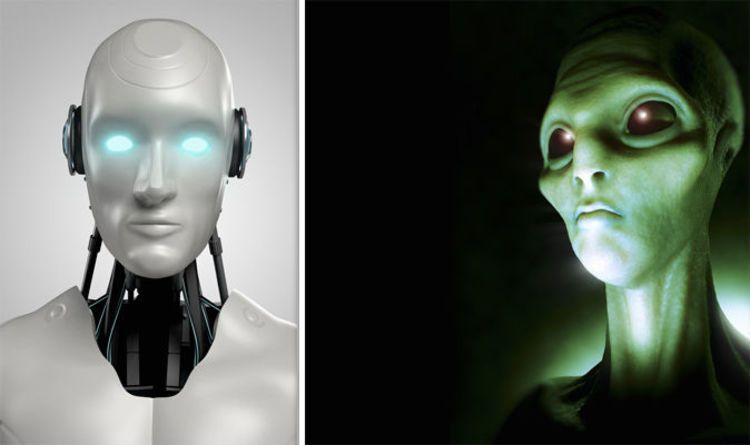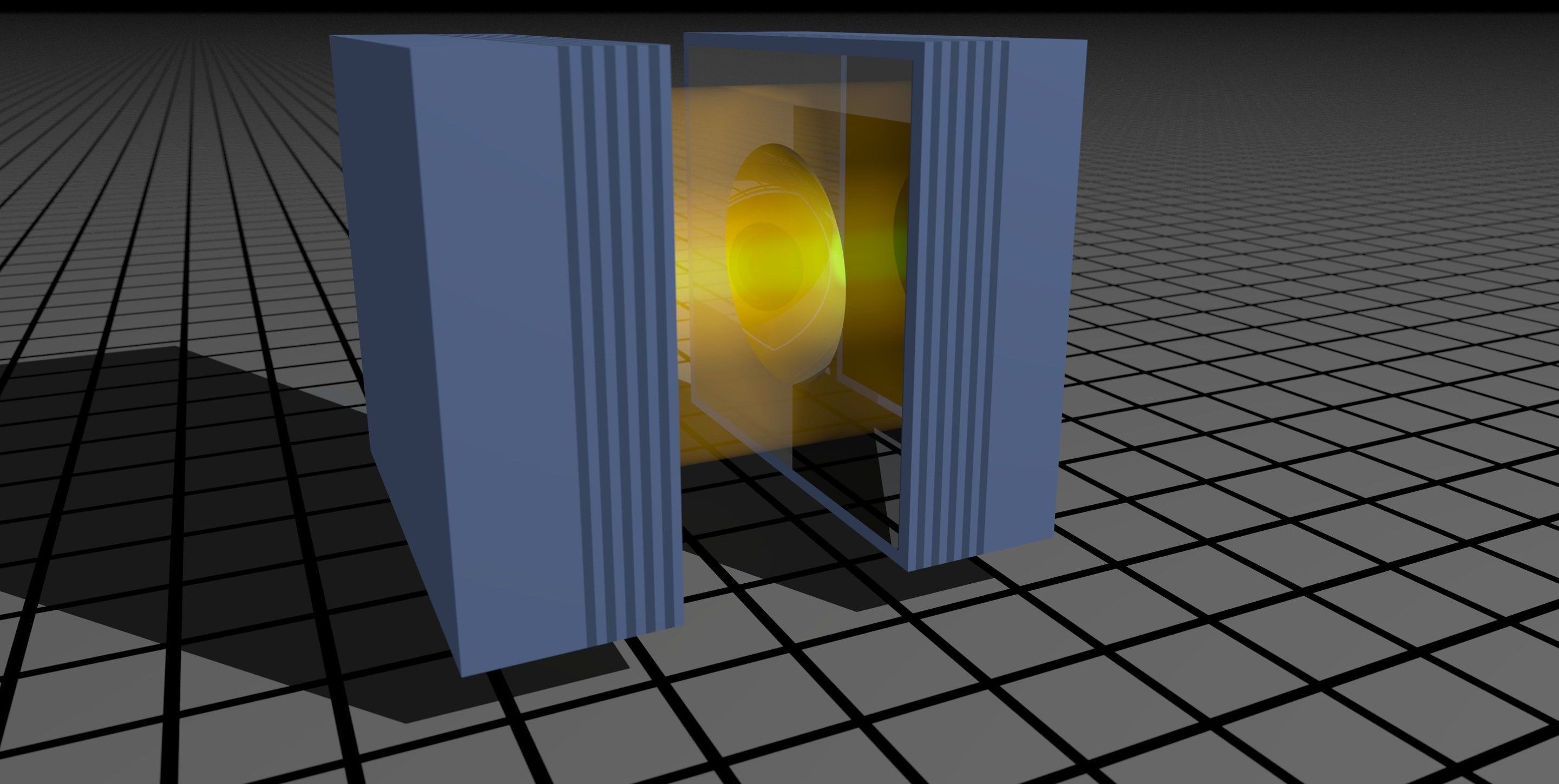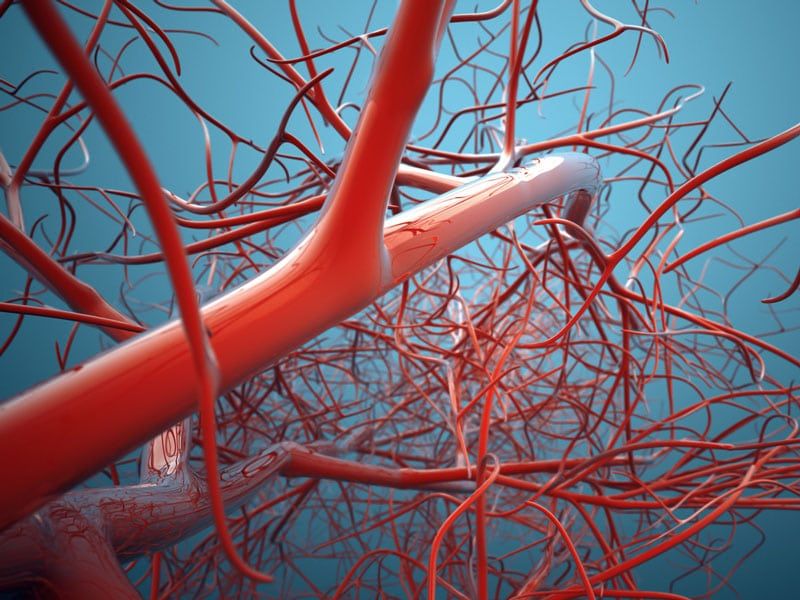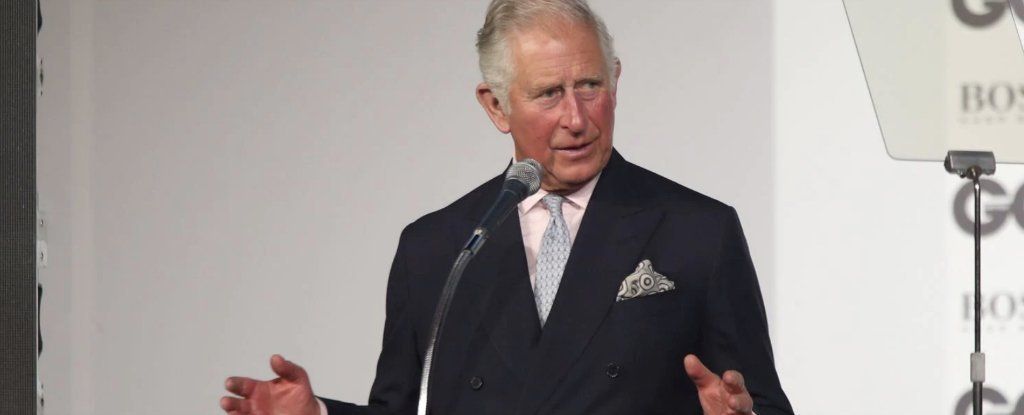Maybe AI is talking to AI?
ARTIFICIAL intelligence has helped scientists find mysterious signals from deep space and experts hope it could help decipher whether the signals are a result of extra-terrestrial technology.

NASA recently delivered $10 million in funding to Ad Astra Rocket Company of Texas for further development of its Variable Specific Impulse Magnetoplasma Rocket (VASIMR), an electromagnetic thruster proficient of propelling a spaceship to Mars in just 39 days. NASA’s funding was part of the “12 Next Space Technologies for Exploration Partnership.”
“Philosophers Have Been Preparing for this Moment for Thousands of Years.” ~ Yuval Noah Harari.
Bari Weiss, Op-Ed staff editor and writer at The New York Times, will join Yuval Noah Harari, historian, philosopher and international best-selling author of “Sapiens” and “Homo Deus” for a thought-provoking evening of conversation. Harari’s new book, “21 Lessons for the 21st Century” untangles political, technological, social and existential issues. It clarifies the most important questions humankind faces today, and empowers all of us to help answer them. His provocative insights on the most pressing issues of the day have won him fans ranging from Bill Gates and Barack Obama to Natalie Portman and Janelle Monáe.

A system made of just a handful of particles acts just like larger systems, allowing scientists to study quantum behaviour more easily.
Most substances physicists study are made up of huge numbers of particles—so large that there is essentially no difference between the behavioural properties of a drop or a swimming pool’s worth of pure water. Even a single drop can contain more than a quadrillion particles.
This makes understanding their collective behaviour relatively easy. For example, both the water in the drop and in the pool will freeze at 0C and boil at 100C.


Researchers don’t know much about whether people who aren’t diabetic should avoid having glucose spikes after meals, or whether, by contrast, average glucose levels are more important — things that need to be studied, he said.
“They’re right to be asking it. I don’t have data to give guidance on how to interpret it,” Bergenstal said. “I think they’re right to say it can’t be bad if I keep my blood sugars more stable. It’s a reasonable assumption, but we don’t have the data for it.”
It’s generally accepted that non-diabetics are better able to regulate their glucose levels. A higher than normal level, meanwhile, indicates prediabetes. But a new study out of Stanford University in late July that used CGMs on 57 participants, including diabetics and non-diabetics, had a surprising finding.

ATLANTA—A molecule produced during fasting or calorie restriction has anti-aging effects on the vascular system, which could reduce the occurrence and severity of human diseases related to blood vessels, such as cardiovascular disease, according to a study led by Georgia State University.
“As people become older, they are more susceptible to disease, like cancer, cardiovascular disease and Alzheimer’s disease,” said Dr. Ming-Hui Zou, senior author of the study, director of the Center for Molecular and Translational Medicine at Georgia State and a Georgia Research Alliance Eminent Scholar in Molecular Medicine. “Age is the most important so-called risk factor for human disease. How to actually delay aging is a major pathway to reducing the incident and severity of human disease.
”The most important part of aging is vascular aging. When people become older, the vessels that supply different organs are the most sensitive and more subject to aging damage, so studying vascular aging is very important. This study is focused on vascular aging, and in old age, what kind of changes happen and how to prevent vascular aging.”

Many congrats to @Enrico Dini 🔝🍾🎉🎉🎉🥇Enrico reached that outcome after an eclectic professional path: a graduate of Civil Engineering at Pisa University, Enrico has spent his entire career in automation and robotics. In 2004, Enrico envisioned the endless potential of the use of additive manufacturing techniques at architectural scale as a means to affordably reach architectural beauty. Since then, Enrico has dedicated his entire professional career in the pursuit of his passion to 3D print beautiful architecture.
At the Digital Concrete 2018 Conference, several awards will be presented. Award categories include: Best Proceedings Paper, Best Presentation, and Best Poster. Each category will have an award encompassing all entries, and one for students only. The awards will be given at the conference closing on Wednesday, 12 September, before lunch.
In addition, two Pioneering Achievement Awards will be given to two pioneers in the field of digital fabrication with concrete, Prof. Behrokh Khoshnevis and Enrico Dini. Information for the two awardees is seen below.

From the perspective of critics, there are many reasons to be concerned about the rise of artificial intelligence.
Billionaire inventor Elon Musk — perhaps the world’s most vocal AI antagonist — has warned that the technology could become “an immortal dictator from which we would never escape.”
Several years before his death, Stephen Hawking, the renowned theoretical physicist, said artificial intelligence could bypass biological evolution, leaving humans unable to compete.
The world’s largest offshore windfarm has officially opened. The project commanding the Numero Uno status is the Walney Extension. An official inauguration was marked as September 6, and it now means that the Walney Extension overtakes the London Array as the world’s largest offshore wind farm.
How large? Stats say the farm, located in the Irish Sea off the Walney Island coast in Cumbria, covers an area of around 145 sq km (55 square miles). Project watchers are talking electricity for nearly 600,000 UK homes. It’s especially being touted as having been built on time and on budget.
It’s also being described as a “659-megawatt project.” The Danish company Orsted, PKA and PFA are the names behind this project.